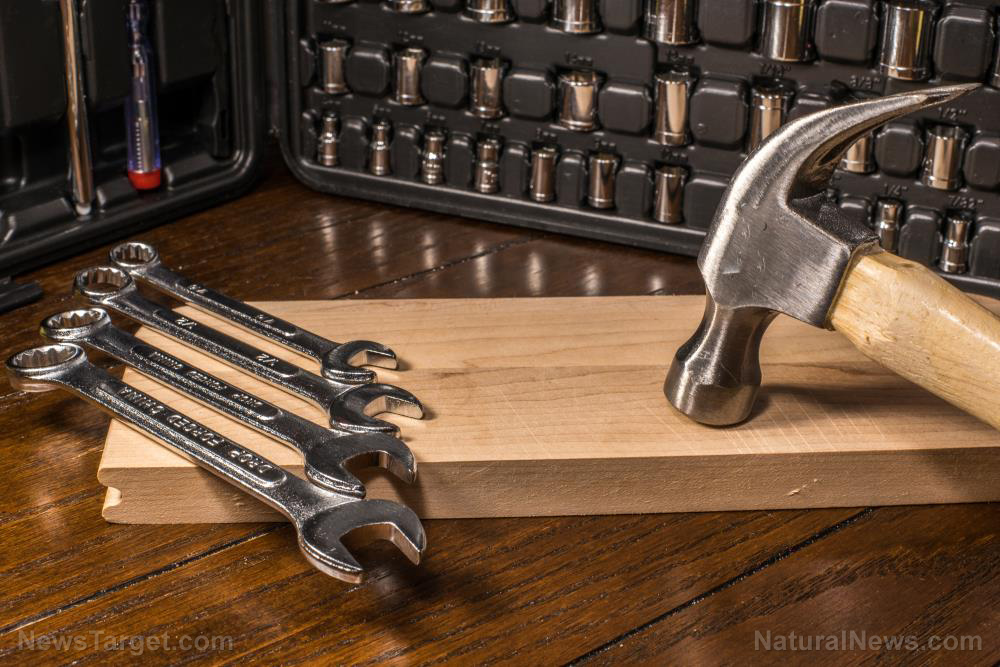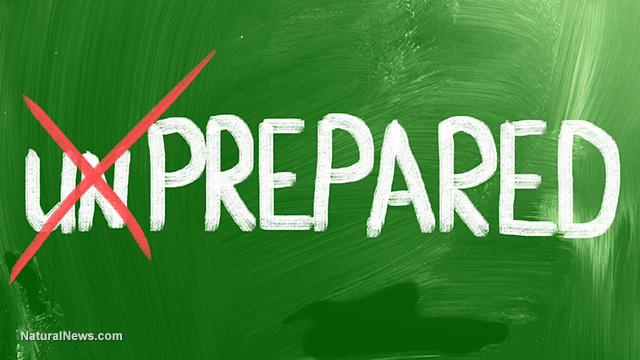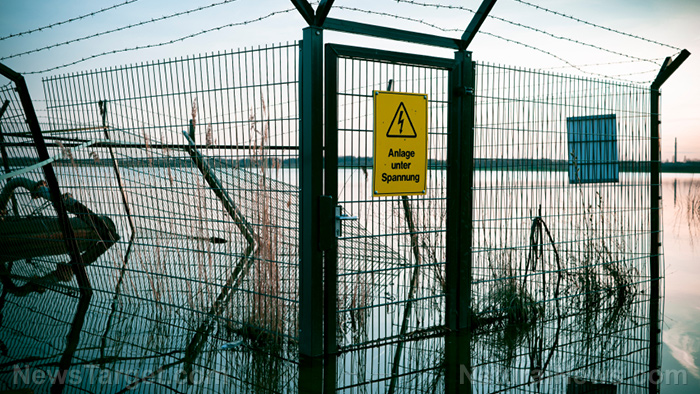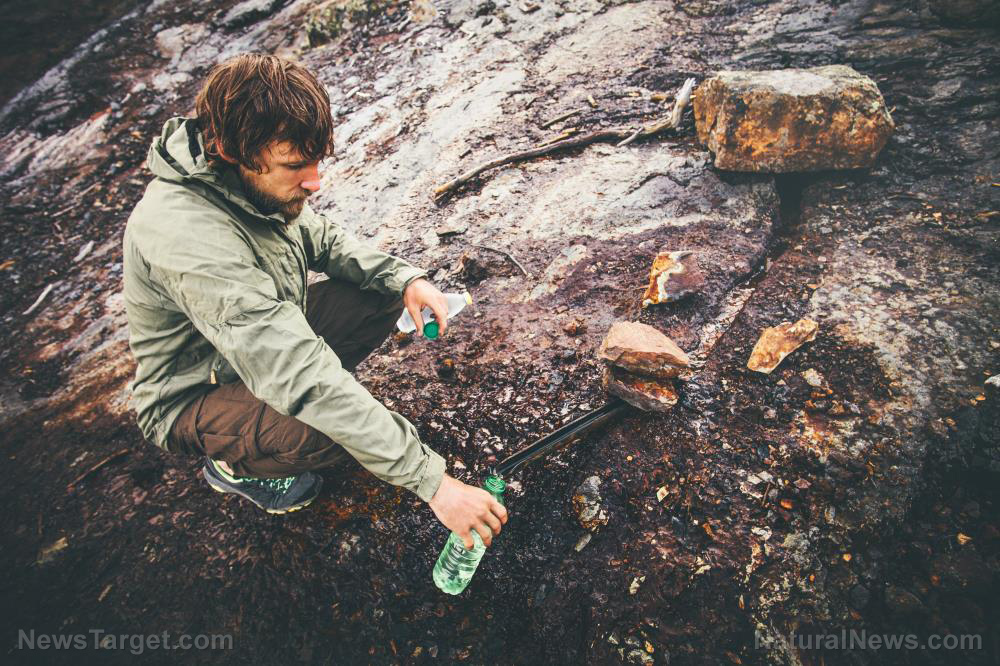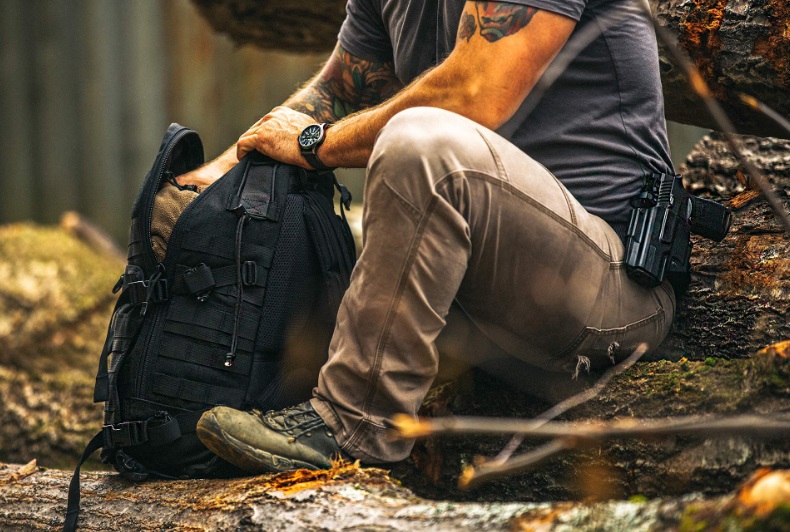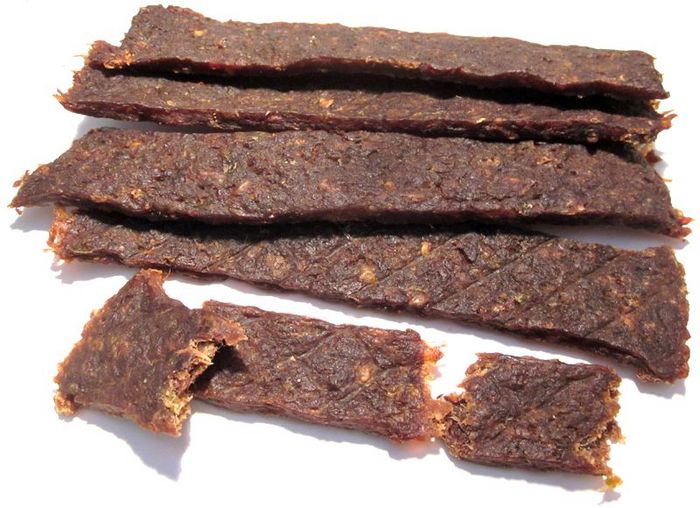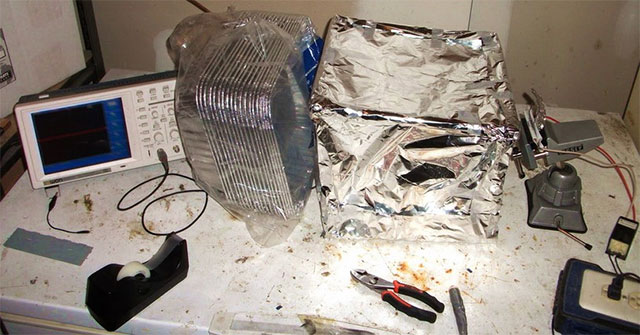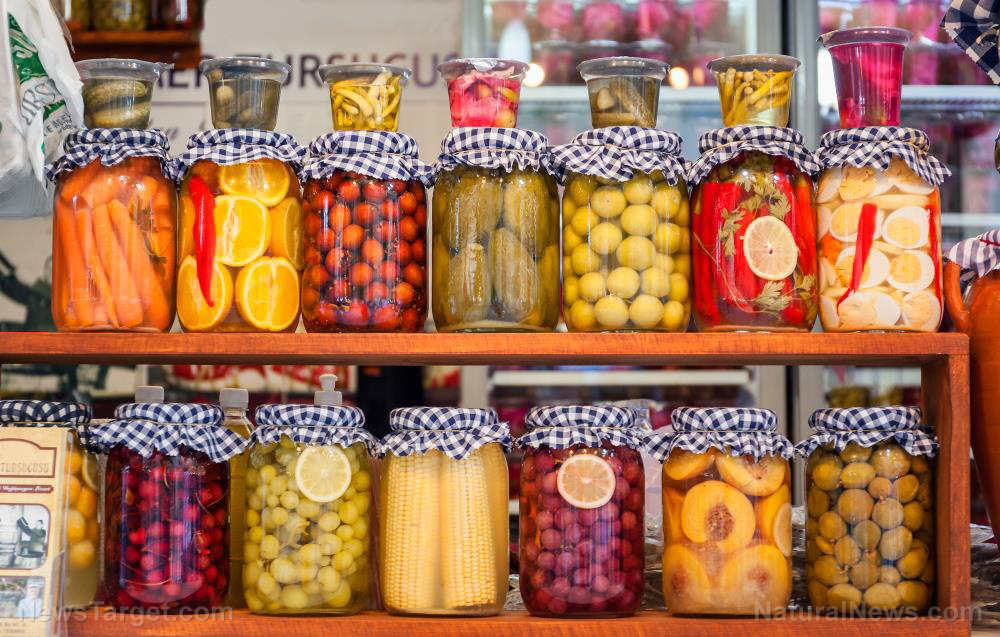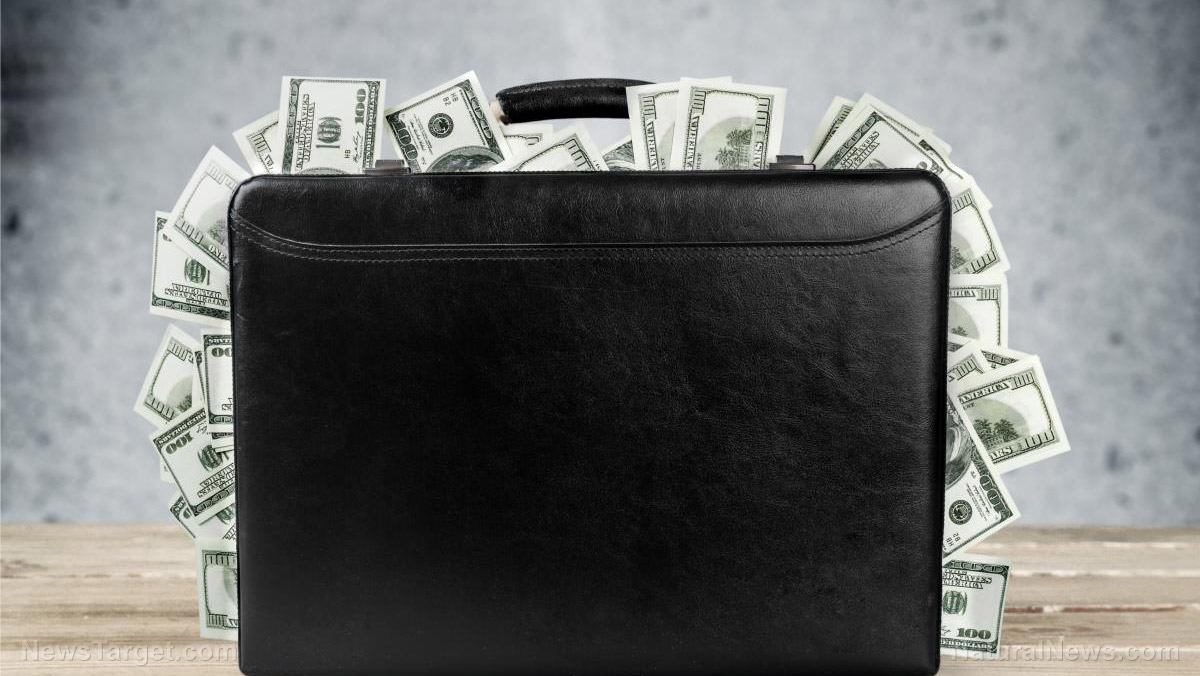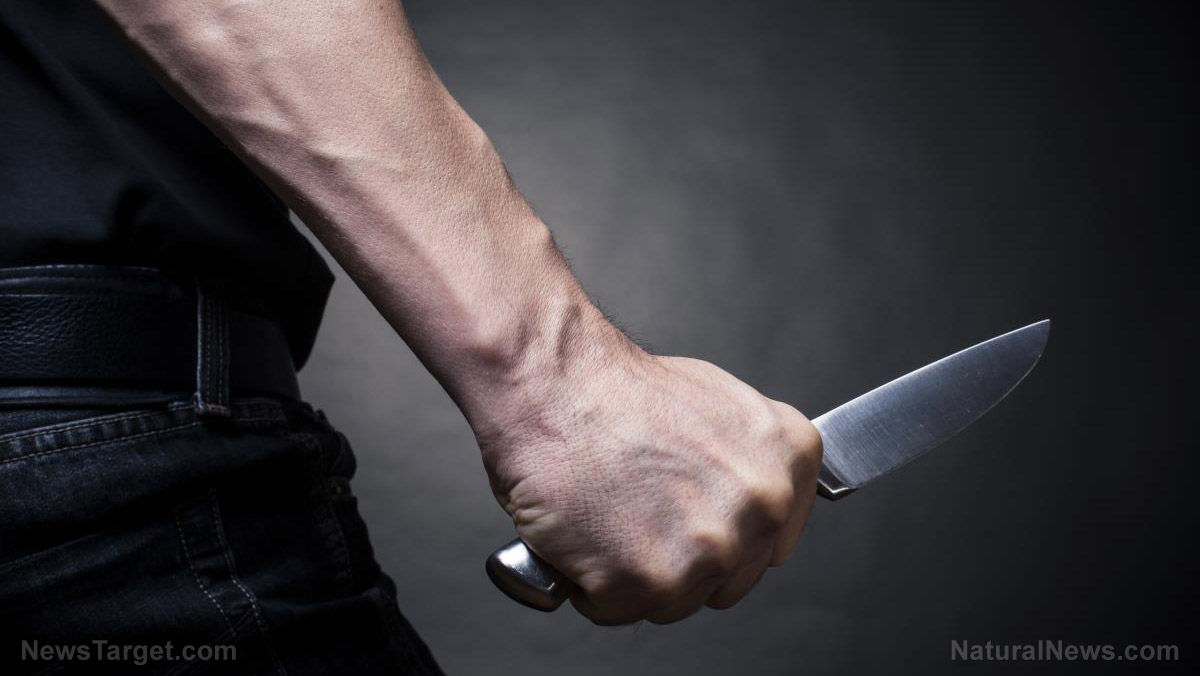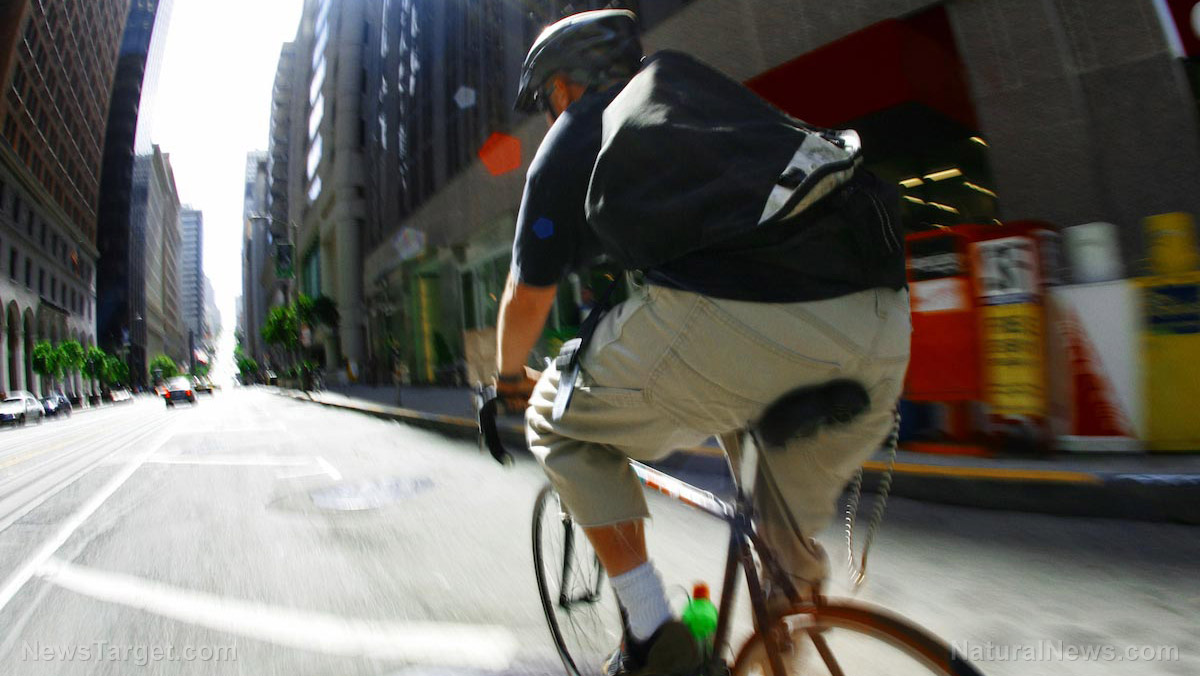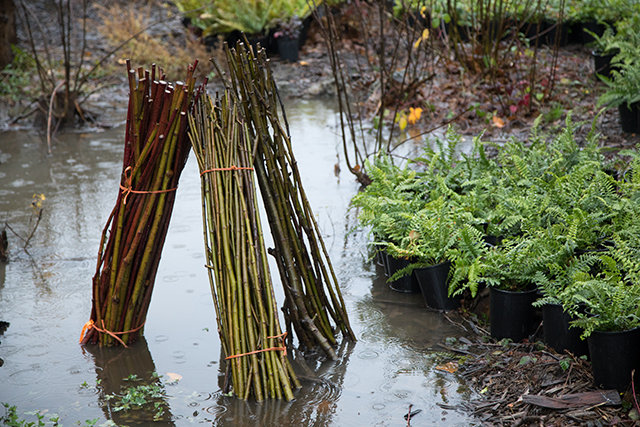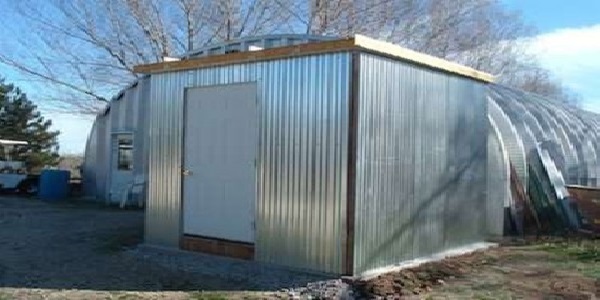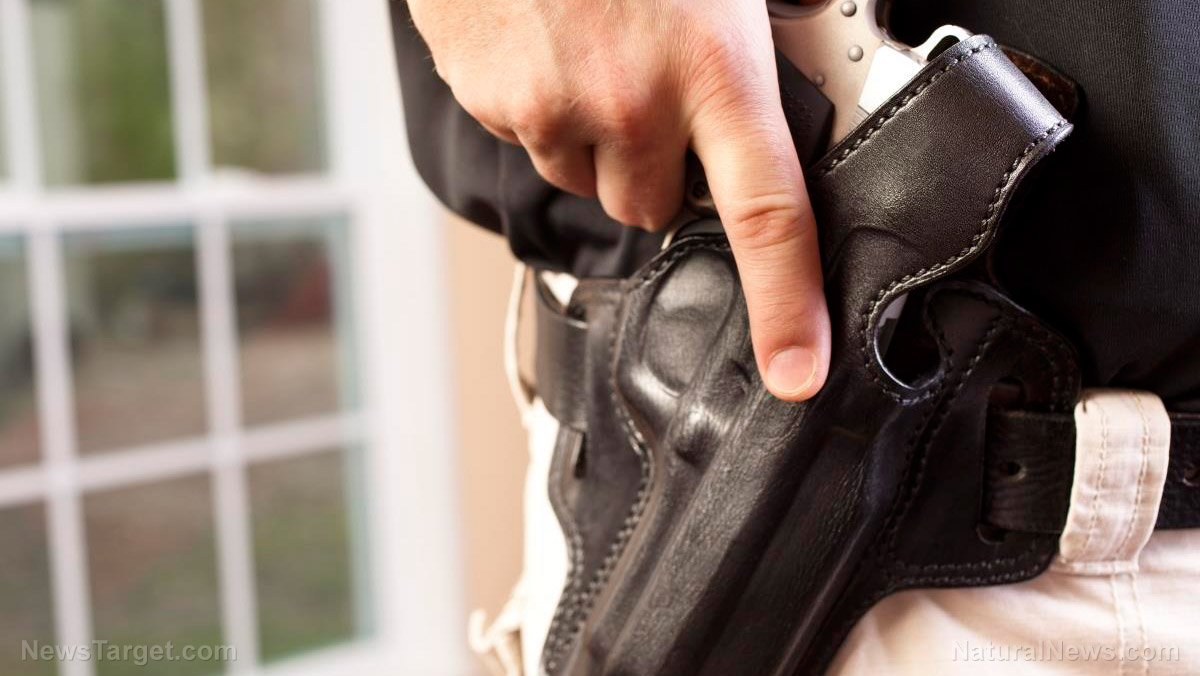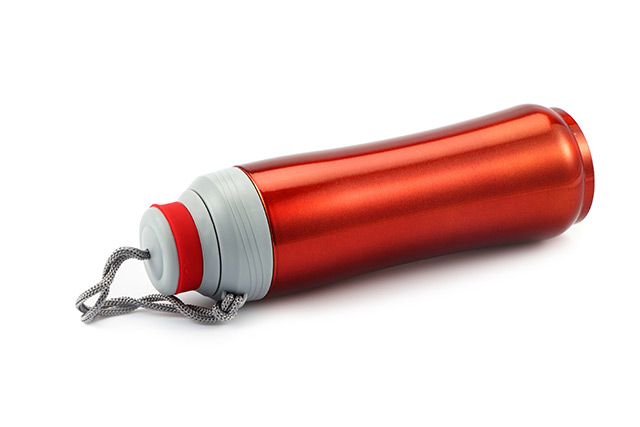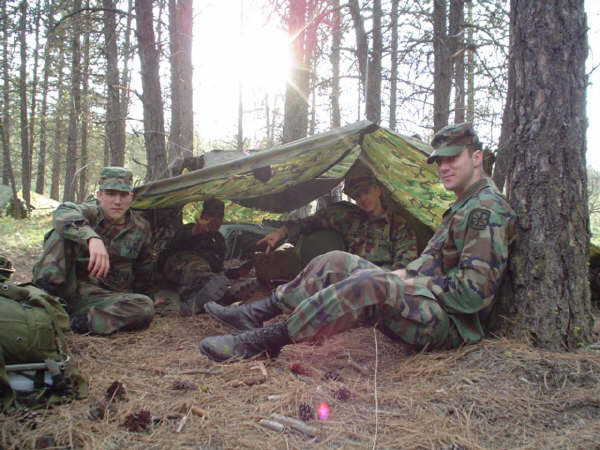17 Good reasons to always have plastic ties in your BOB (Bug Out Bag)
10/23/2018 / By Zoey Sky

Plastic ties are a versatile type of fastener, and they can be useful when SHTF. (h/t to PreppersWill.com.)
What are plastic ties?
Plastic ties, also known as cable ties, were first invented in 1958 by electrical company Thomas & Betts. Cable ties were designed to be used on airplane wire harnesses, and they were introduced under the brand name “Ty-Rap.”
The first all-nylon cable tie was produced in 1968. The self-locking and one-piece cable tie was very similar to the plastic ties used today. There are different kinds of cable ties, and some examples include releasable cable ties, mounted head cable ties, and self-adhesive cable ties.
The survival uses of plastic ties
You can use plastic ties during emergencies, and they’re a tiny but useful addition to any survival kit or bug-out-bag (BOB). Black ties are sturdier than colored ones, but you can bring both kinds of plastic ties if you’re going camping or hiking.
Below are some survival uses for plastic ties.
- As compression straps – Use plastic ties to compress bulky items like blankets or sleeping bags so they’ll take up less space.
- As makeshift shoelaces – If your shoelaces break while you’re outdoors, you can secure your shoes with plastic ties.
- As a tourniquet – Prevent a wound from bleeding out by using plastic ties as a tourniquet. Use a large plastic tie and tie it from where the blood flow needs to be cut off.
- To attach gear to your backpack – To save time when hiking, attach items like a flashlight or keys to your bag using plastic ties.
- To attach several items together – Use plastic ties to group together items you often use, like pens and pencils, so they’re easier to find.
- To build a shelter – Plastic ties are better than rope, and you can use them to tie up canvas, fabrics, sheets, or tarps to create a shelter.
- To hang objects from the roof of your shelter – Secure items to the roof of your shelter using plastic ties, which will hold even in windy conditions.
- To improve traction when wearing snow boots – Tie some plastic ties on snow boots so it’s easier to walk on sleet and snow.
- To make snares – Use plastic ties to make sturdy snares when hunting or trapping prey.
- To mark new trails – Use plastic ties to mark trails when you’re in unfamiliar terrain. This way, you can easily find your way back to camp.
- To repair bag handles – In a pinch, you can use plastic ties to repair bag handles if they break. (Related: What’s in YOUR bug out bag? 10 must-have multipurpose survival tools.)
- To restrain people – If you need to restrain looters or attackers, tie their hands and feet with plastic ties, which will work like plastic cuffs.
- To save space – When packing a BOB, you can always use more space for other important items. Use plastic ties to roll up clothes or towels so they’ll occupy less space.
- To secure bags – If you’re traveling, use plastic ties and secure the zippers on your bag to keep your belongings safe.
- To secure bandages – If someone is injured, you can use plastic ties to secure the bandage on their wound. Use two ties, and place them near each end of the bandage.
- To tie up fractures – When a person in your survival group gets a fracture, secure wooden sticks to the injured arm or leg using plastic ties.
- To tie up your pants – If you need to cross a body of water, you can keep your clothes dry by tying them up with plastic ties.
When SHTF, you can use plastic ties for various survival purposes. Experiment with them to discover other uses not included in this list.
You can read more articles about other survival supplies that you will need when SHTF at Preparedness.news.
Sources include:
Tagged Under: bug out, bugout bag, cable ties, Collapse, disaster, emergencies, Homestead, homesteading, off grid, plastic ties, preparedness, prepper, prepping, SHTF, survival, survival supplies, Survival Tips, survival tools, survivalist, zip ties

